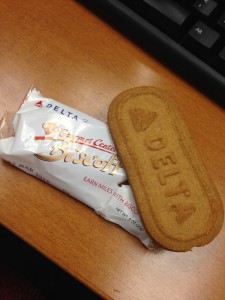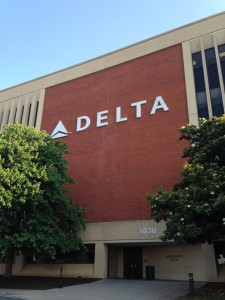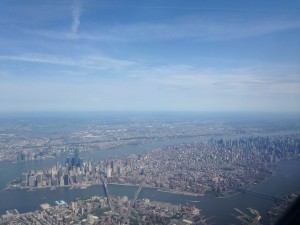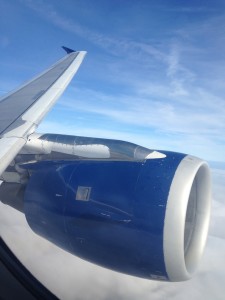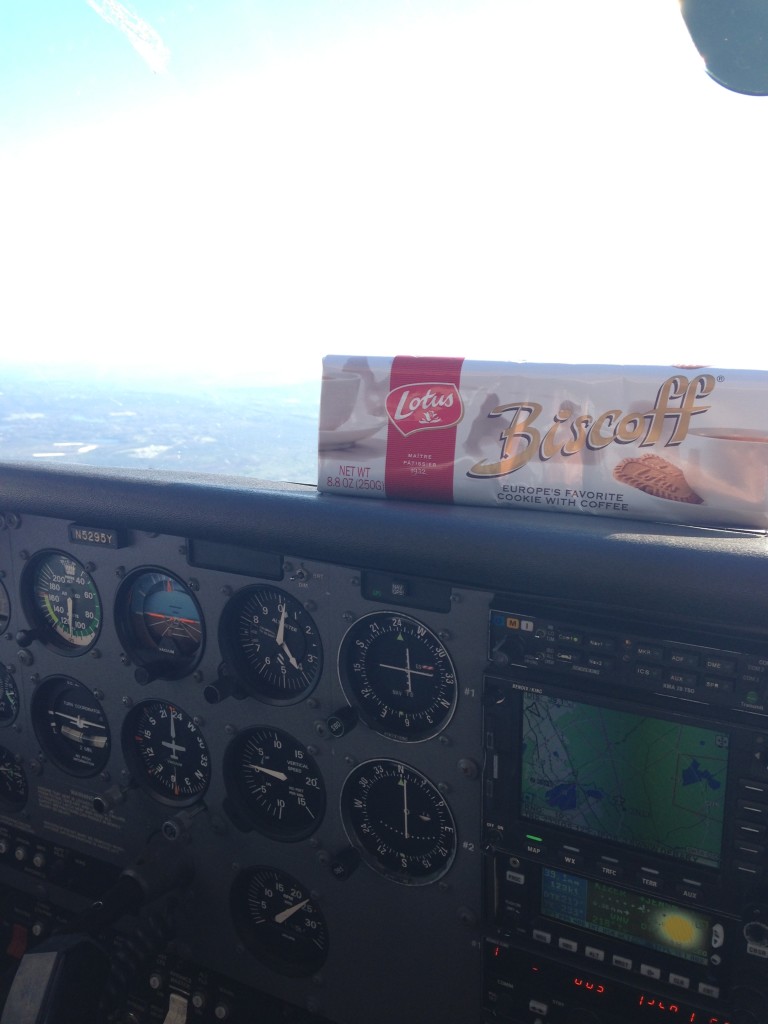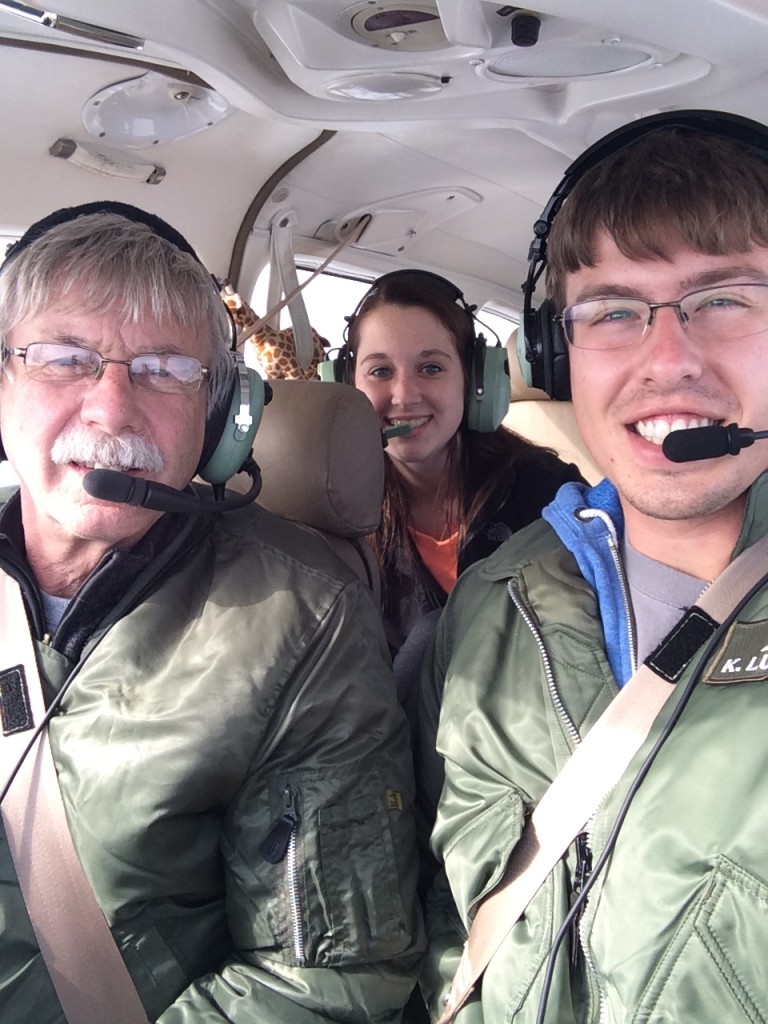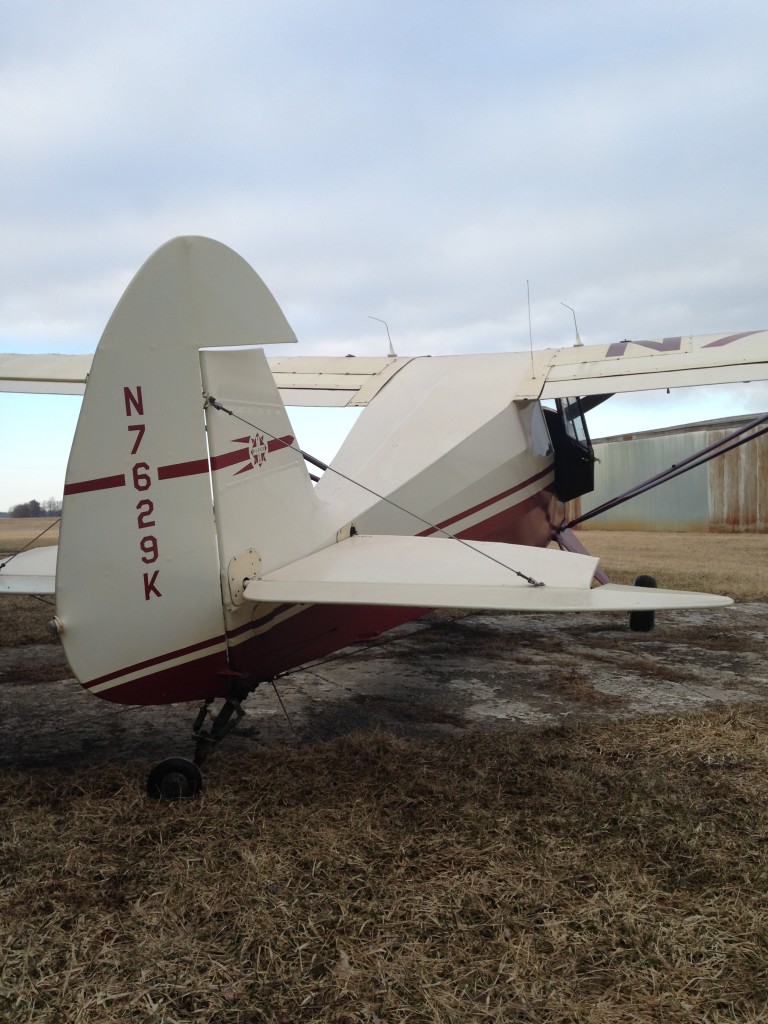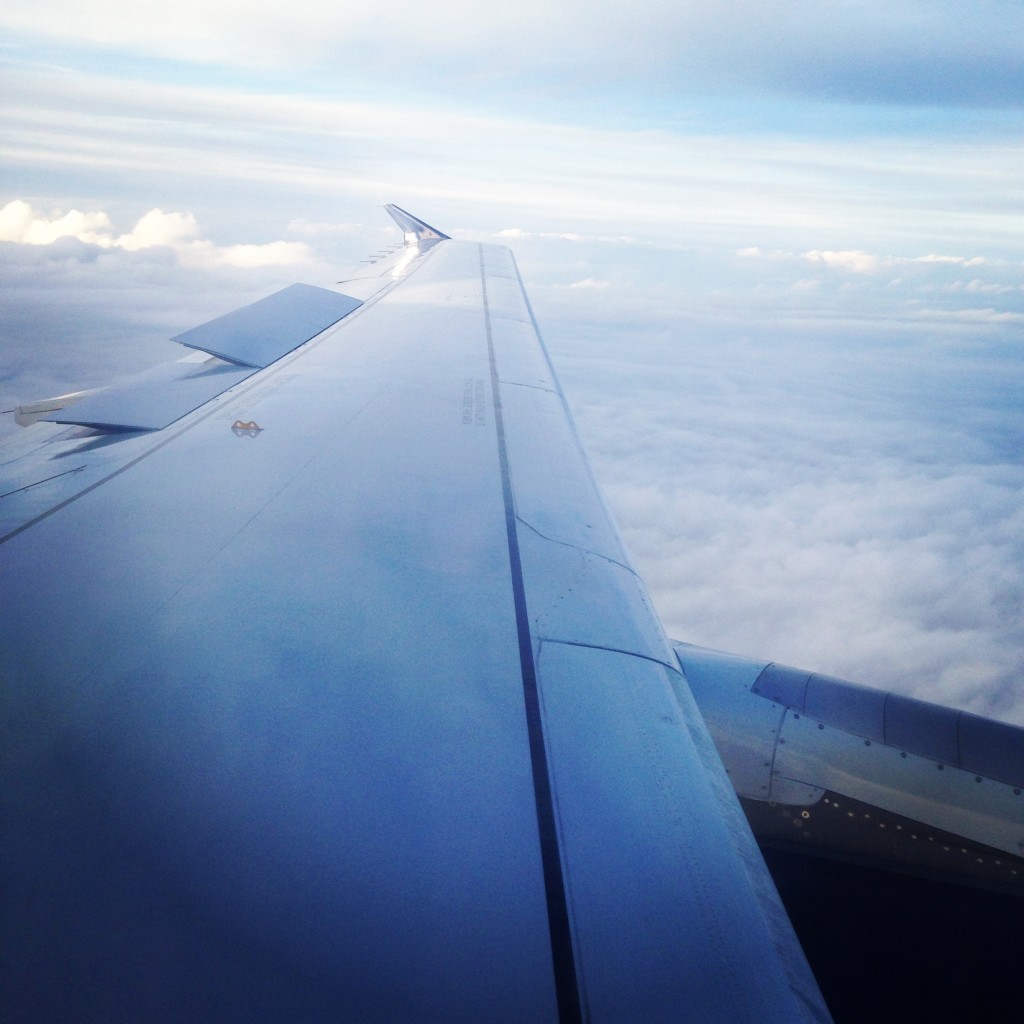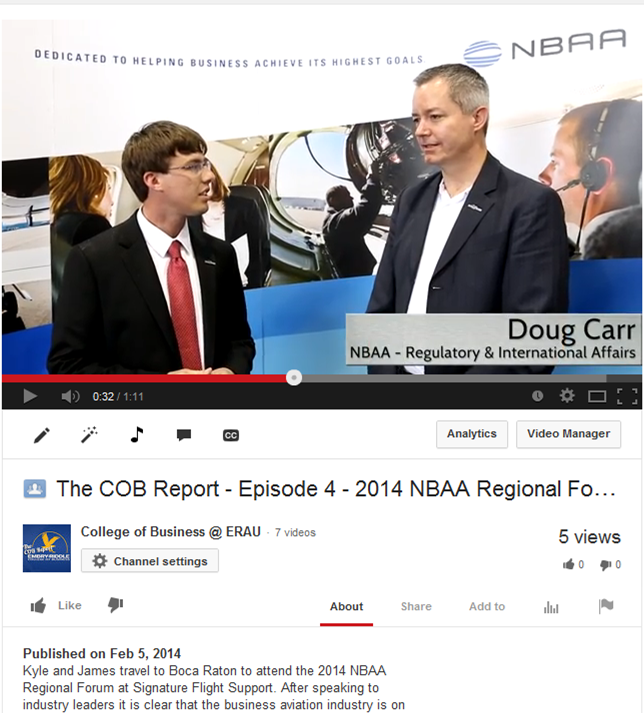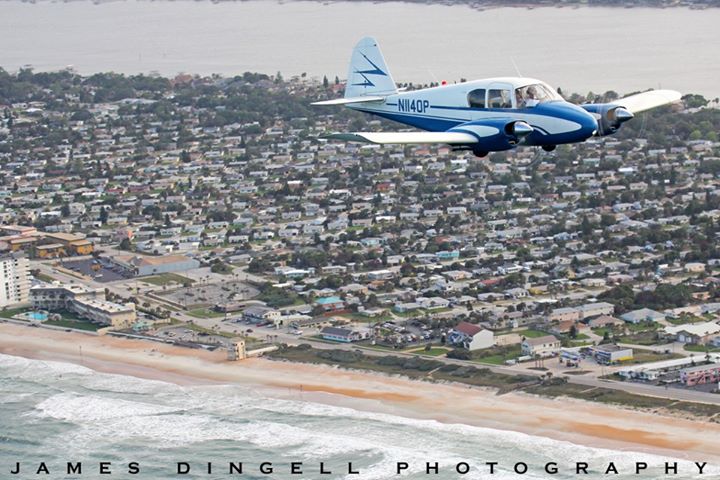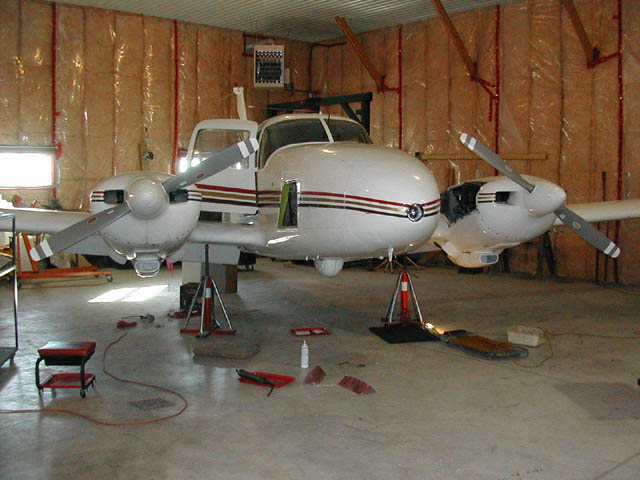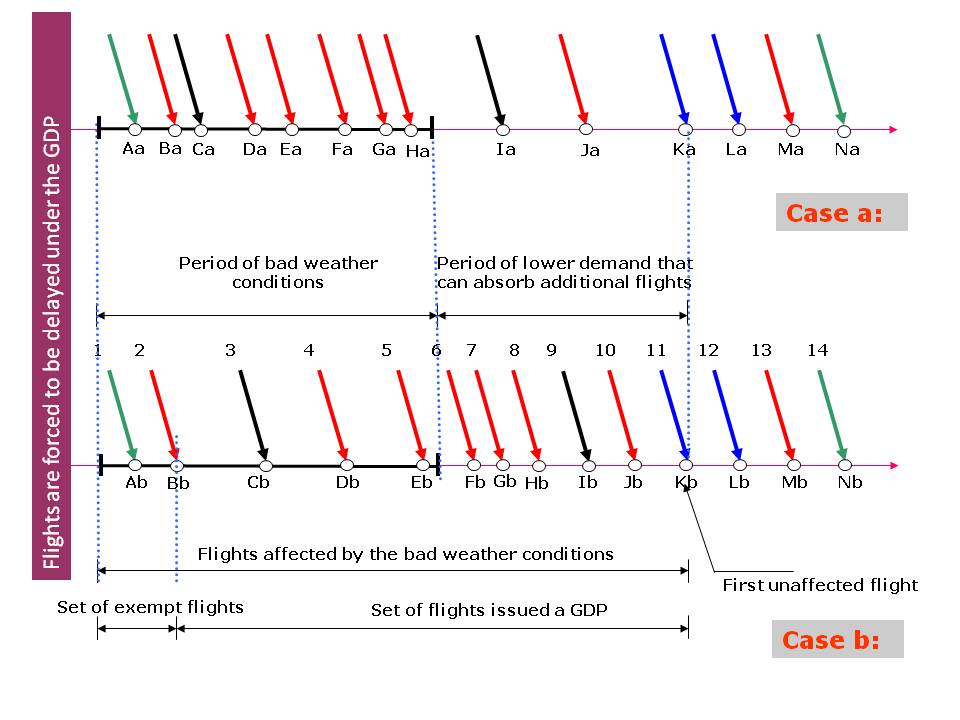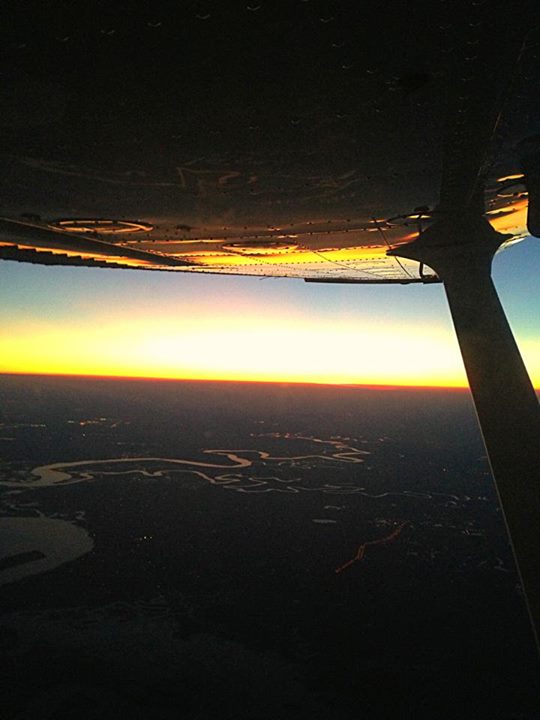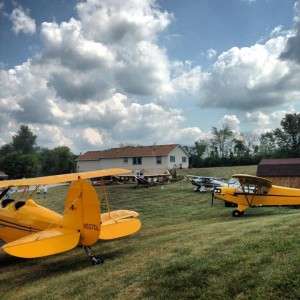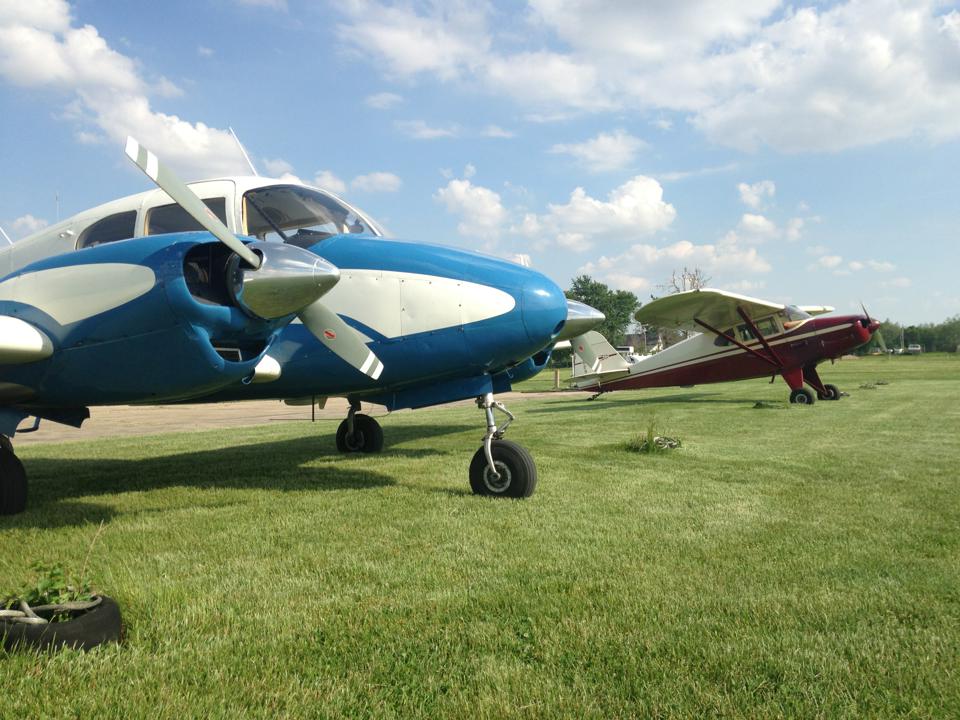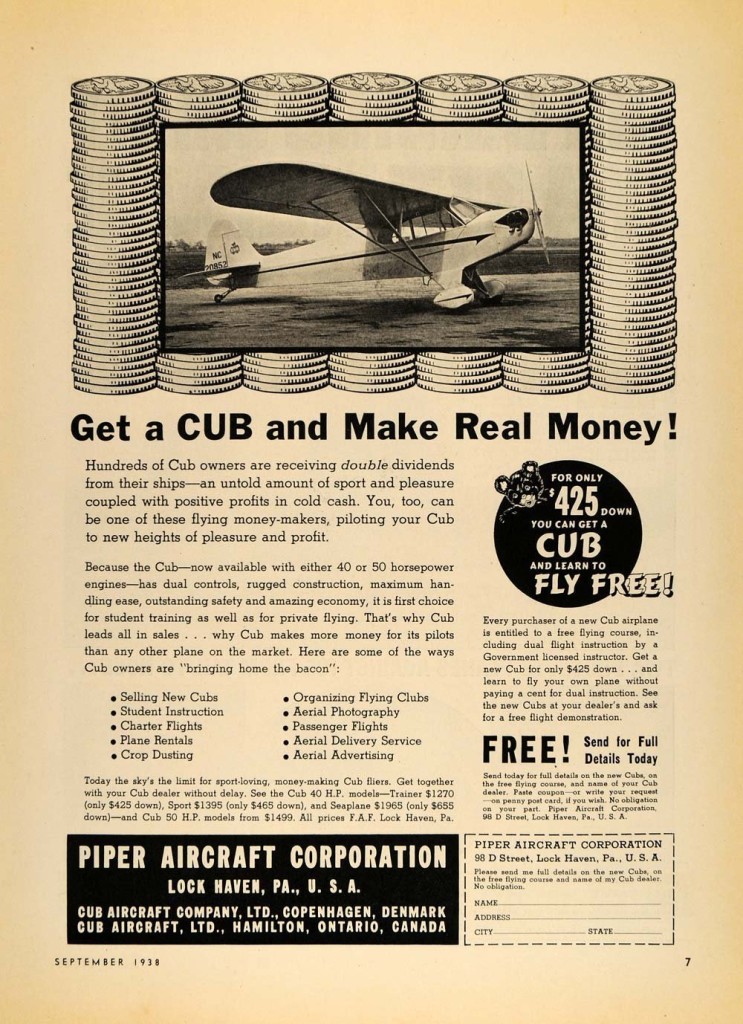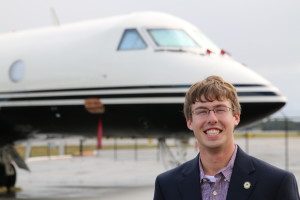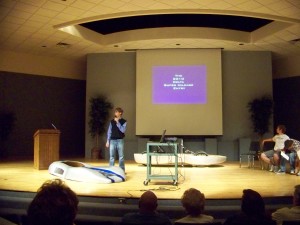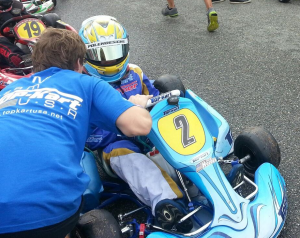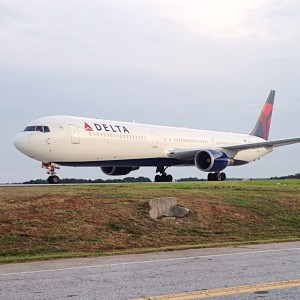 My internship at Delta Air Lines this summer has been quite the adventurous one. Besides a very busy work schedule, I have already touched the east and west coasts, mainland Europe including Belgium and The Netherlands, as well as many interior states. My trip to Brussels was quite the ever-changing one as I had to take the train to Amsterdam and catch a Boeing 777 ride home to the United States. Keeping up with the rest of the aviation geeks here, being able to spot some gorgeous airline heavy metal is a regular occurrence at the world’s busiest airport. The cell phone lot at ATL gives you the opportunity to take some great pictures, like the one above of a company Boeing 767-400, when we are using a west departure operation. Working at an airline is NEVER a boring job!
My internship at Delta Air Lines this summer has been quite the adventurous one. Besides a very busy work schedule, I have already touched the east and west coasts, mainland Europe including Belgium and The Netherlands, as well as many interior states. My trip to Brussels was quite the ever-changing one as I had to take the train to Amsterdam and catch a Boeing 777 ride home to the United States. Keeping up with the rest of the aviation geeks here, being able to spot some gorgeous airline heavy metal is a regular occurrence at the world’s busiest airport. The cell phone lot at ATL gives you the opportunity to take some great pictures, like the one above of a company Boeing 767-400, when we are using a west departure operation. Working at an airline is NEVER a boring job!
Delta is a very dynamic place to be right now, especially since we seem to be the airline with the target on our backs. Massive profits in recent times have set Delta apart from the rest of the industry, showing that massive growth and acquisition strategies have seemed to play out in the company’s favor. One of the biggest happenings at the company since I have been here was the recent opening of the Delta Flight Museum at the airline’s Atlanta General Offices location. The event was well-covered on social media and news sites as well, so check it out for more information on how to see this great attraction.
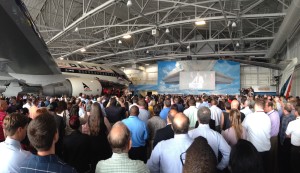
There was quite a crowd of employees and distinguished guests at the grand opening of the renovated Delta Flight Museum on June 17th, the 85th anniversary of Delta.
The internship has really opened my eyes to how complex an airline is. Thousands of people are needed to get a flight off the ground, not just the six to twelve crewmembers that are in each airplane getting the passenger from point A to point B. The typical view of an airline is one that comes from what folks see at an airport but it is really much, much more in depth.
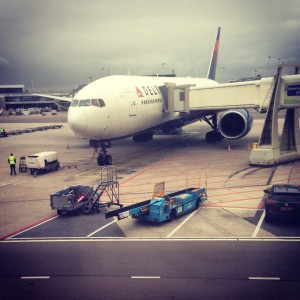
One of our flagship machines, a Boeing 777, took me back across the Atlantic from Amsterdam to Detroit.
Departments like mine (Network Planning) touch each flight at some point and build a schedule that has integrity and will be profitable, Revenue Mangement, aka ticket pricing, prices many levels of tickets with limitations depending on what days you might be traveling or how far in advance you might be purchasing your fare, Operations Control handles each flight enroute and solves any problems that might arise, and Finance provides the money needed to get each flight off the ground by financing airplanes and projects as well as daily operations. The picture to the right shows my ride back to the US from Amsterdam, one of our Boeing 777s. Partnerships like our one with KLM in AMS make our international operations much easier by sharing gates and ground equipment plus personnel. Hundreds of other specific departments and sectors are needed as well, really showing the complexity of the world’s greatest mode of transportation: Flight.
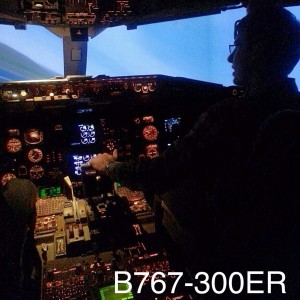
One of the experiences that I have been able to take in at Delta has been the opportunity to fly a handful of their full-motion simulators, including this Boeing 767.
Not only am I a business major, I also have my FAA Commercial Pilot’s Certificate and keep current in both multi-engine and single-engine airplanes. One perk of being at Delta has been access to the full-motion flight simulators that our pilots use to train on their specific aircraft type. We have at least one simulator or more in-house for every type that we fly except the Boeing 717 (Boeing owns those simulators). I have been fortunate enough to fly the Boeing 767-300ER and Boeing 777-200LR sims as well as the Airbus A330. I hope to fly the other types, stay tuned for more pictures!
I am excited to see where else my non-revenue travels will take me this summer and I will be sure to share more pictures and stories as they happen!
Happy flying,
Kyle



